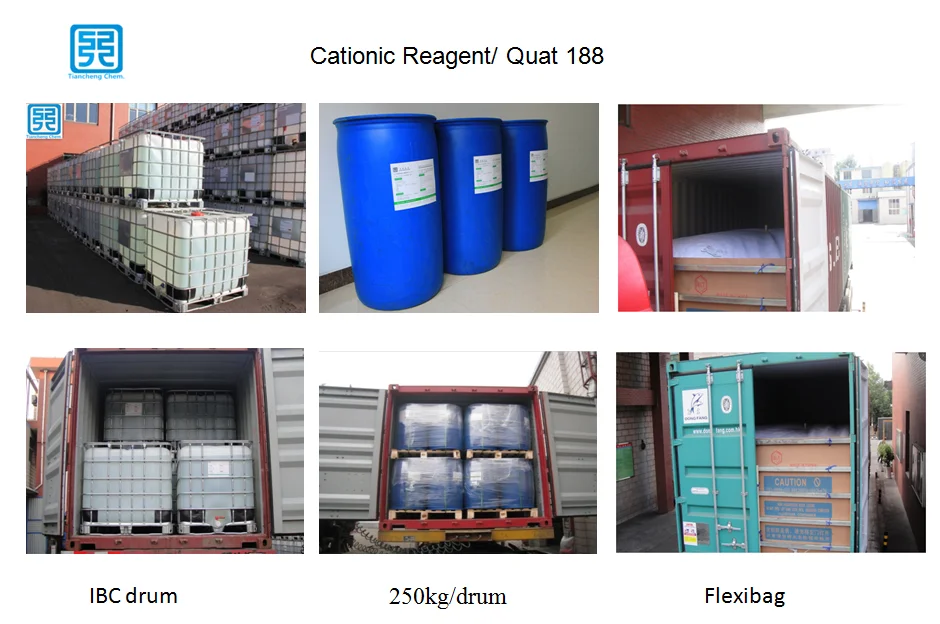Three major failure analysis and elimination methods of high-precision residual oil pump 1. High-precision residual oil pump operation has abnormal vibration, unstable high-precision residual oil pump operation has abnormal vibration, instability and main causes and elimination methods: 1. Oil pump base anchor bolt Not tightened or loose. (Equivalent tightening of all anchor bolts) Three major failure analysis and troubleshooting methods for high-precision residual oil pumps 1. High-precision residual oil pump operation with abnormal vibration, unstable high-precision residual oil pump operation with abnormal vibration, instability and main causes and elimination methods :
1. The anchor bolts of the oil pump base are not tightened or loose. (evenly tighten all anchor bolts)
2. The oil supply pipeline is not supported by independent support, and the pipeline vibration affects the oil pump. (There is independent and stable support for the oil pump's oil pipeline, and the oil pump's oil pipe flange is not allowed to bear the weight)
3. The impeller is unbalanced or even damaged or loosely installed. (repair or replace the impeller)
4. The upper and lower bearings of the oil pump are damaged. (replace the upper and lower bearings of the oil pump)
Second, the high-precision residual oil pump does not produce oil or flow shortage. The high-precision residual oil pump often has the main reason for insufficient or no oil flow during operation:
1. The installation height of the oil pump is too high, so that the impeller immersion depth is not enough, resulting in a decrease in the oil output of the oil pump. (Control the allowable deviation of the installation level of the oil pump, do not expand at will)
2. The oil pump turns in the opposite direction. (Before the oil pump is tested, first idling the motor, check the steering to make it consistent with the oil pump. If the above situation occurs during use, check if the power phase sequence changes)
3. The oil outlet valve cannot be opened. (Check the valve and always maintain the valve)
4. The oil output pipeline is not smooth or the impeller is blocked. (Clean up the blockage of pipelines and impellers, Botaibang often salvage debris in the oil storage tank)
5. The wear ring at the lower end of the oil pump is seriously worn or blocked by debris. (Replace the lower wear ring to remove debris)
6. The liquid density of the pumping liquid is too large or the viscosity is too high. (Re-equipped with matching pumps)
7. The impeller is detached or damaged. (reinstall or replace)
8. When multiple oil pumps share the output of the pipeline, there is no one-way valve installed or the one-way valve is not tightly sealed. (Install one-way valve and replace one-way valve seal)
Third, the high-precision residual oil pump does not turn high-precision residual oil pump can not start the main reasons and troubleshooting methods:
1. The power switch and plug are not in good contact. (repair or replace)
2, control line insurance burned. (replace insurance)
3, the main circuit insurance burned. (replace insurance)
4. The two-phase capacitor burns out. (replace the capacitor)
5. Three-phase phase loss. (turn on the phase-break circuit)
Http://news.chinawj.com.cn
The water solution at room temperature is 69%, and can be converted into the structure of epoxidation immediately under alkaline condition.
Indicator:
|
Item |
Result |
|
Appreance |
Colorless liquid |
|
content% ≥ |
69 |
|
1,3-dichloropropanol ppm ≤ |
10 |
|
Epichlorohydrin ppm ≤ |
5 |
|
PH value |
4-7 |
|
Solubility |
Soluble in water and 2- alcohol |
Advantage:
The product appearance is transparent liquid, colorless and tasteless, the impurity content is low, is less than 10ppm.
Because the use of continuous production process, product quality is stability;
The product response rate is higher than 90%.
Application area
1) paper industry
Mainly as a liquid cationic etherifying agent, widely used in fiber, cellulose derivatives and starch modified; as paper internal application of adhesive, filler and fine fiber interception of additives.
(2) textile industry
Liquid cationic etherifying agent react whit cotton fiber, improve the dye binding; reacts with starch obtained cationic starch, as the sizing agent.
(3) water treatment industry
Suspended matters in water is negatively charged, react whit liquid cationic etherifying agent,produce cationic polymer as flocculants are widely used in water purification.
(4) chemical industry for daily use
The reaction of aqueous cationic etherifying agent create cationic guar gum are important chemicals.

3-Chloro-2-hydroxypropyltrimethyl Ammonium Chloride
3-Chloro-2-Hydroxypropyltrimethyl Ammonium Chloride,69% 3-Chloro-2-Hydroxypropyltrimethyl Ammonium Chloride,65% 3-Chloro-2-Hydroxypropyltrimethyl Ammonium Chloride
Shandong Tiancheng Chemical Co., Ltd. , https://www.akdchemical.nl